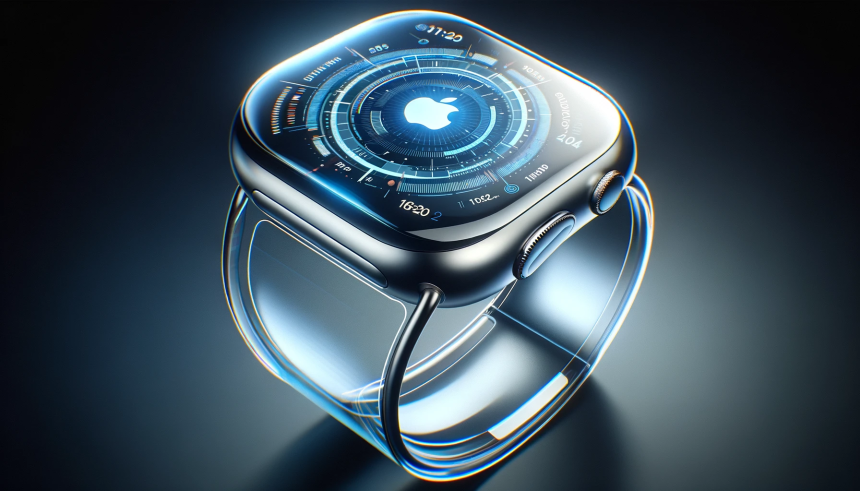Smartwatches have become practical tools for monitoring health, offering data on heart rate during workouts that influence training and recovery plans. With the recent launch of the Garmin Venu 4 and the Apple Watch Ultra 3, fitness enthusiasts are eager to see how these premium wearables compare in real-world conditions. Running enthusiasts often rely on the precision of dedicated heart rate monitors, prompting scrutiny of how closely wrist-based sensors track with trusted chest straps. This focus on accuracy comes as users seek both convenience and reliability from wearable technology. Clear, reliable metrics help users make informed decisions about their activity, underlining the importance of objective side-by-side testing in everyday exercise routines.
Comparisons between leading fitness wearables have persisted since early smartwatches struggled to match the accuracy of chest-based monitors. Reports from last year indicated that more users questioned wrist-based heart rate readings, noting variation especially with intense movement and sweating. Incremental hardware and software advancements have attempted to address such gaps, but questions remain about whether these changes significantly improve performance. Each new model, such as Garmin’s Venu line and Apple’s Ultra series, has faced close scrutiny in numerous field tests with mixed reviews on accuracy. As innovation continues, consumer focus increasingly shifts to how these devices perform in dynamic, practical workouts rather than controlled laboratory settings.
How do the Garmin Venu 4 and Apple Watch Ultra 3 measure up in real runs?
Testing during a lunchtime run involved wearing both the Garmin Venu 4 and the Apple Watch Ultra 3 alongside a gold-standard chest strap heart rate monitor. Each device’s recorded data was compared against the minutely readings of the chest strap, revealing how closely the wrist-based sensors tracked heart rate fluctuations under typical outdoor exercise conditions. The results showed that while both smartwatches delivered generally comparable readings, short-term discrepancies did occur—most noticeable during rapid changes in pace or exercise intensity.
What performance differences emerged between the two smartwatches?
The Venu 4 tended to react slightly faster to spikes and drops in heart rate, while the Apple Watch Ultra 3 maintained a more consistent average reading over the duration of the run. However, neither device matched the chest strap’s responsiveness in real-time shifts. Both watches saw minor latency when adapting to sudden changes, a limitation reflective of optical sensors placed on the wrist. Apple described their sensor as “designed for reliability across environments,” while Garmin maintained that the Venu 4 “delivers continuous enhancements for fitness tracking accuracy.”
Are wrist-based sensors now a trustworthy substitute for chest straps?
While the wearables have improved and offer convenience and useful metrics, dedicated athletes and those with medical concerns may still benefit from the continued accuracy of chest-based monitors. Wrist sensors may suffice for casual fitness activities and general wellness tracking but may not capture rapid changes with the same precision. Nonetheless, for most users, these differences are subtle and unlikely to significantly impact common workout goals.
Refining wearable heart rate sensors remains an active area for both Garmin and Apple. Both manufacturers acknowledge the importance of accuracy for their customers. Garmin cited,
“Our goal is to provide athletes with data they can rely on for every workout.”
Meanwhile, Apple emphasized,
“Apple Watch Ultra 3 uses advanced algorithms to interpret heart rate for a variety of situations.”
Market competition should continue to drive improvements, addressing concerns highlighted by earlier inconsistencies in wrist sensor technology.
Wearable heart rate sensors are approaching the accuracy of chest straps for most day-to-day exercise situations, providing valuable, accessible feedback for users. For those prioritizing precision during interval training or for health-monitoring needs, chest straps remain the standard, though the convenience of wrist-worn devices keeps them in demand. When choosing between the Garmin Venu 4 and Apple Watch Ultra 3, users should consider ease of use, device ecosystem, and their personal priorities regarding the balance between comfort and maximum accuracy.










